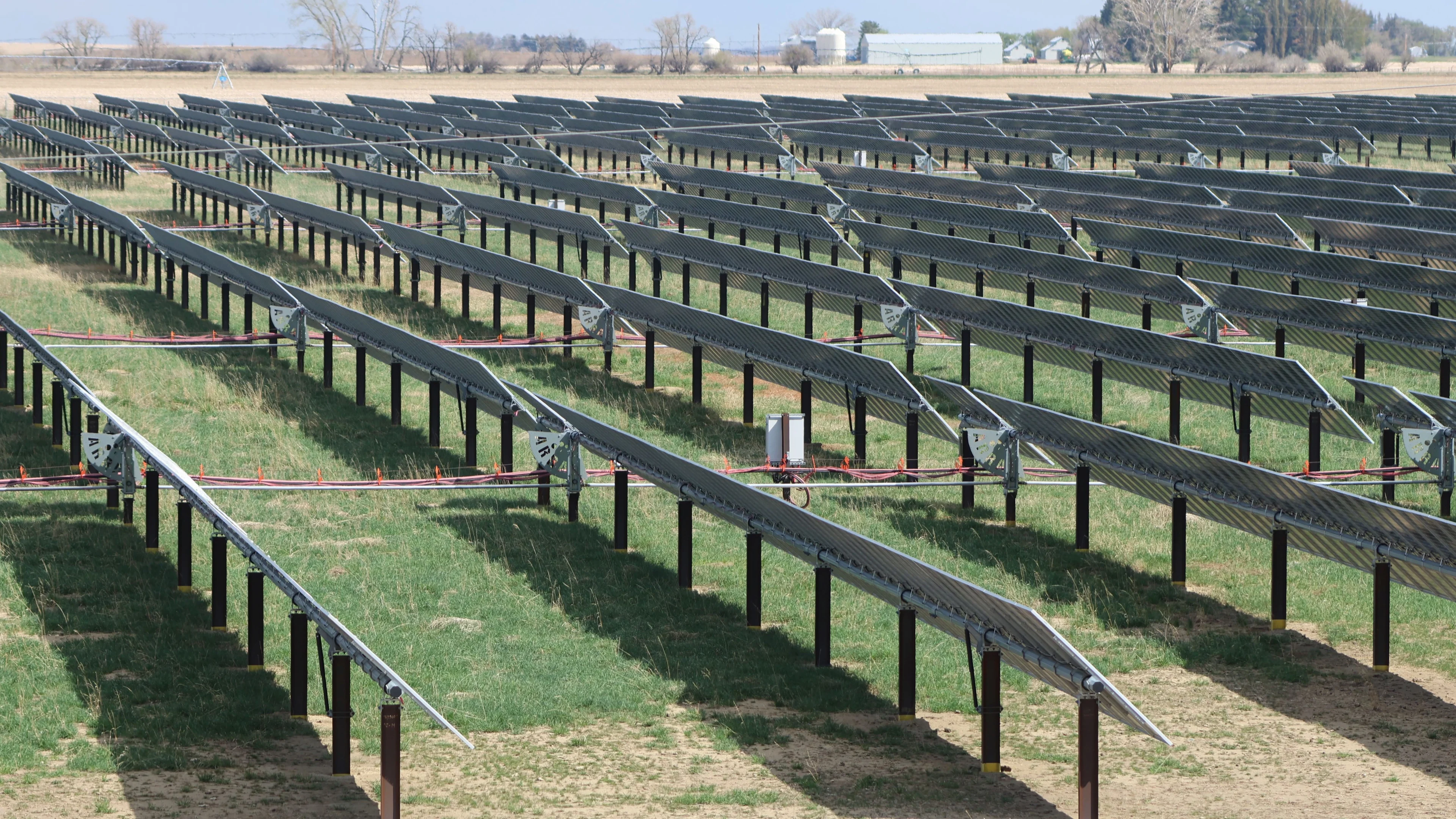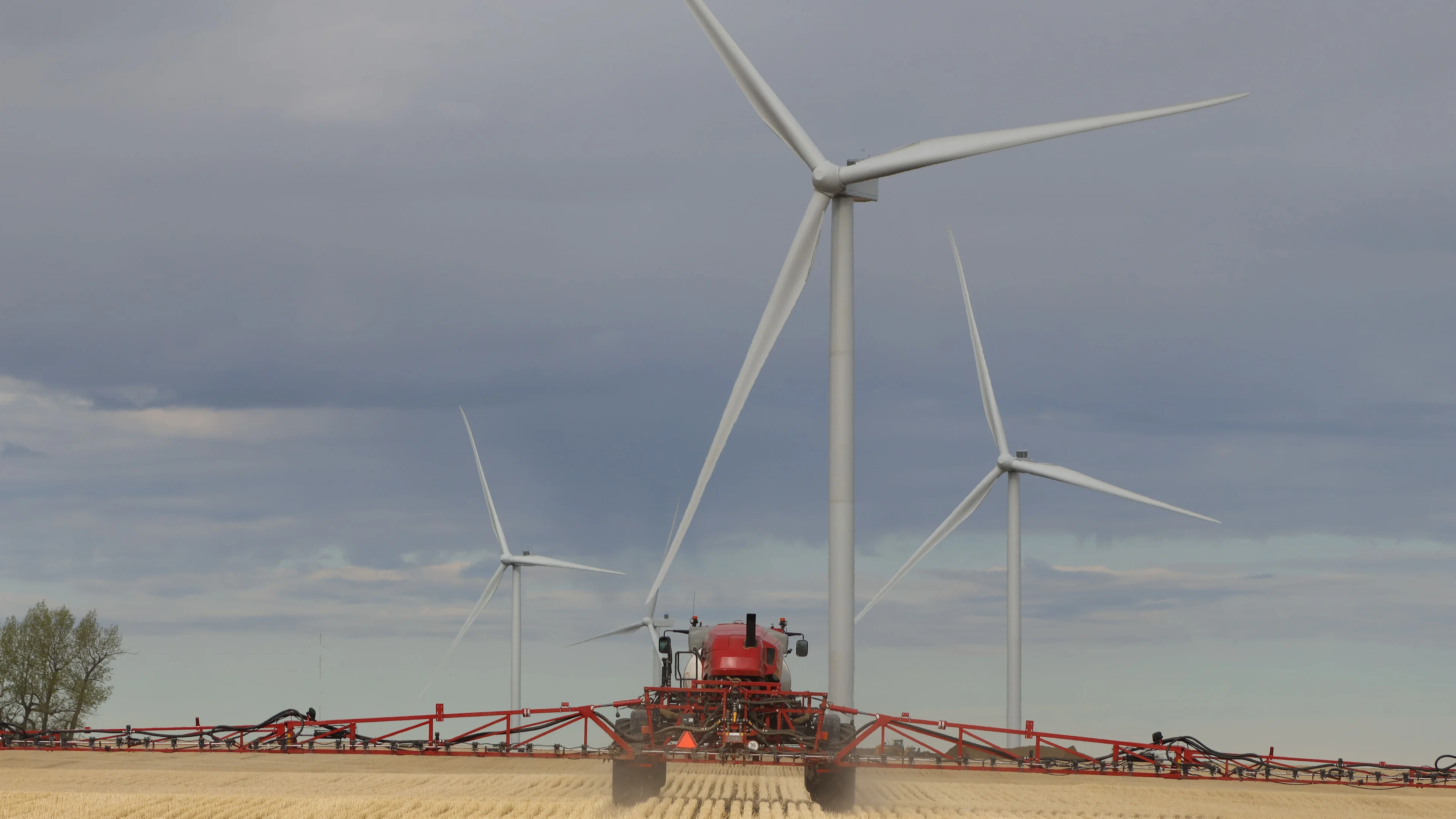
Canada’s oil production predicted to drastically drop in net zero future
With its current policies, Canada isn’t on track to hit net zero by 2050 according to Canada Energy Regulator models. They also show what a net-zero future could look like in the country.
With Canada’s current slate of policies, the country will not be able to reach net-zero emission, according to a new report from the Canada Energy Regulator (CER).
According to a CER press release, the ways Canada creates and consumes energy in a net-zero 2050 look “dramatically different” than the country’s energy mix today, with a greater emphasis on electricity and a decrease in fossil fuel production and consumption.
A government agency, the CER analyzes Canada’s energy sector to “inform the energy conversation” in the country, according to the release. The release also noted the document’s findings aren’t predictions, and they are not designed to be policy recommendations. In a separate press release, Natural Resources Minister Jonathan Wilkinson wrote he had requested the report in 2021.
“With regard to the content of the CER’s report, we cannot predict the future with complete certainty, but clearly we must equip ourselves with the best available information to inform thoughtful decision-making. The scenarios presented in this report make an important contribution to the available information base,” he wrote.
According to Jan Gorski, director of the Pembina Institute's oil and gas program, the report could be used by governments across Canada and by investors to make decisions going forward.
“What it does is it provides a roadmap to government, and that investors can use to navigate the path to a net-zero future,” he told The Weather Network.
In the report, the CER used energy and economic models to show three different potential futures for the country’s energy system. The first “Current Measures Scenario.” In this case, Canada misses its net-zero goals.
But there are two other perhaps more optimistic scenarios. First is the “Canada Net-Zero Scenario,” in which the country reaches its goal where the “economy either emits no greenhouse gas emissions or offsets its emissions” by 2050, but the rest of the world lags behind. Next, there’s the “Global Net-Zero Scenario,” where Canada hits its goal and the rest of the world takes climate action consistent with limiting global temperature increases to 1.5 C above pre-industrial levels or less. These global changes play an important role in Canada’s energy future, as they will alter the supply and demand for different types of energy and technologies.

Wind turbines are seen on Alberta farmland near Medicine Hat in May 2023. (Rachel Maclean/The Weather Network)
Net zero 2050 means less fossil fuel
In both net-zero scenarios, a few key factors end up making a big difference. These include improvements in hydrogen power, carbon capture and storage, and bioenergy, among other factors like adoption of electric vehicles and improvements in energy efficiency.
These net-negatives in the electricity sector will be vital to offset net-positive emissions from various sources such as the oil and gas sector, heavy industry, and buildings. In the Global Net-Zero Scenario, crude oil production will be 76 per cent lower in 2050 than in 2022. In this scenario, crude oil peaks in 2026, but then declines steadily, eventually reaching 1.2 million barrels per day. Natural gas production will fall by 68 per cent between now and the target year.
In the Canada Net-Zero Scenario, oil production and natural gas production are 22 per cent and 37 per cent lower than in 2022. As a result, the oil and gas sector will see a reduction of 32 megatonnes of emissions, 85 per cent lower than 2021 levels, by 2025.
The price of oil also drops in both net-zero scenarios. In the Global Net-Zero Scenario, crude oil decreases from $35 USD to $25 USD per barrel between 2030 and 2050. The Canada Net-Zero Scenario offers a more modest dip in that period, from $64 USD per barrel to $60 USD per barrel. Under current measures, crude oil hits $75 USD per barrel in 2030 and remains the same in 2050.
READ MORE: New law gives feds 'explicit power' to investigate toxins in tailings ponds
In both net-zero cases, climate action around the world impacts demand for oil and gas, heralding a marked decrease in Canada’s production of fossil fuels. But the report notes that “fossil fuels will still play an important part in Canada’s energy system," notably in cases where facilities have carbon capture and storage attached. Additionally, in the Global Net-Zero Scenario, 13 per cent of power generation in Alberta and Saskatchewan by 2050.
According to Gorski, this doesn’t come as a surprise. Most ways for Canada to reach net zero would “necessarily come with a shift away from fossil fuels, oil and gas,” he said.
Gorski added the primary driver here might be global trends in energy consumption, considering the majority of countries have committed to reaching net-zero emissions. Additionally, Canada exports, rather than uses, most of its oil and gas: around 80 per cent of its yearly production.
In The Global Net-Zero Scenario, the amount of electricity Canada produces and uses more than doubles by 2050, compared to now. Hydroelectricity will increase by 26 per cent between 2021 and 2050, and small modular nuclear reactors will make up 12 per cent of total electricity generation by that year.
In the two net-zero scenarios, wind plays a huge role. According to the report, the amount of new energy generation from wind increases ninefold by 2050 in both cases.
The modeling shows that Canada’s electricity sector (not the country as a whole) can reach net-zero emissions by 2035, and net-negative emissions by 2050, by making use of techniques like deploying carbon capture and storage tech with bioenergy (such as biogas or biodiesel).
The cost of staying the course
On the flip side, the Current Measures Scenario suggests fewer emission reductions and a larger role to play for oil and gas. According to the report, in this scenario Canada’s climate regulations keep energy use stable until 2040. However, after that point population and economic growth cause energy usage to increase.
With sluggish improvements to technology and little change in climate policy, generation from wind and nuclear won’t change much in the following 27 years. In all, this scenario shows a reduction in greenhouse gas emissions of only 13 per cent in 2050, compared to 2021.
Oil production will be 20 per cent higher compared to 2020, hitting 6.1 million barrels per day, while natural gas production will increase by 24 per cent. Power generated by natural gas combustion will increase by 38 per cent in that same period, and account for 11 per cent of the country’s total generation.
According to Gorski, in many ways the Canadian federal government is on the right track to avoid this potential future, though Ottawa should also go further here. He cites oil and gas caps, zero-emission vehicle standards, among others, as some of these ideal policies.
As oil takes a hit, so too will its contribution to the Canadian economy, and the economies of provinces that produce it. However, there’s an opportunity here for more investments in renewable sources of energy and other forms of clean technology like carbon capture and storage, Gorski added. Between now and 2050, however, both the public and private sector should avoid investing in some forms of fossil fuel infrastructure that might not mesh with a net-zero future, he said, listing natural gas power plants as an example.
“We're on the right path. Of course, there's more work that needs to be done, but we're headed in the right direction,” he said.
Thumbnail image: Solar panels seen in Brooks, Alta., in May 2023. (Rachel Maclean/The Weather Network)












